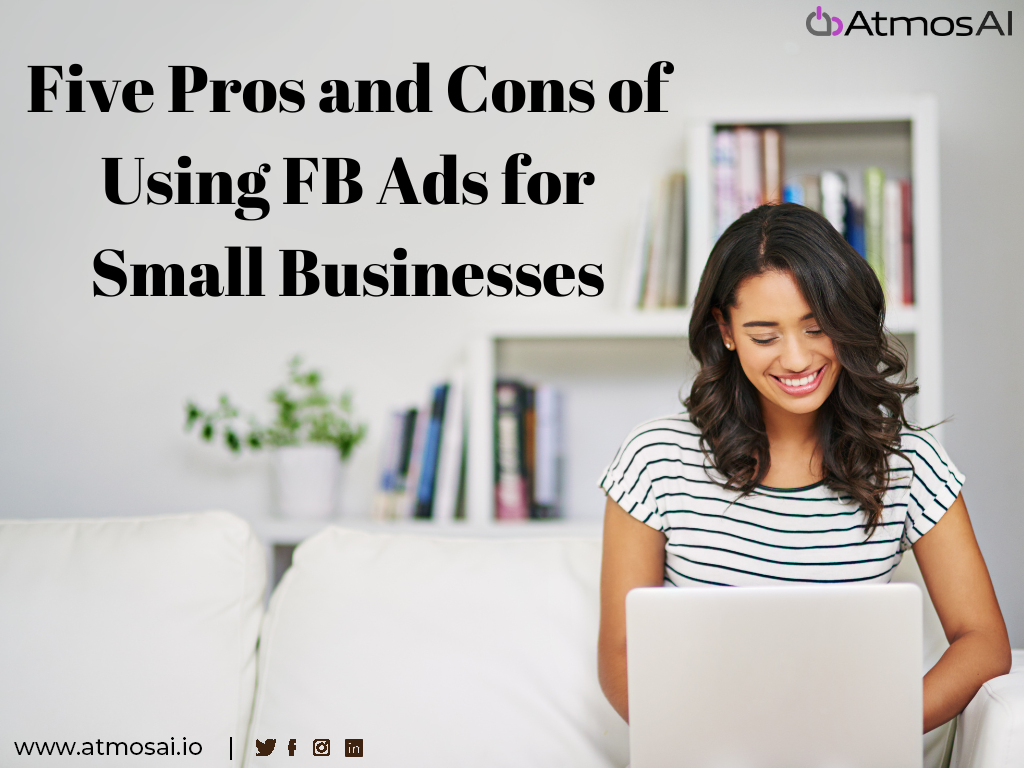Whether marketing to prospects already in the funnel or targeting cold prospects, Facebook ads can do wonders for B2B, B2C, and C2C types of businesses if appropriately utilized. Running ads on Facebook requires planning so that the time and amount invested will give positive returns.
It would be best if you did in-depth research on your target demographic for better outcomes (and lower costs) from your advertising campaign. Time and money spent on advertising that doesn’t reach your intended audience will never be recouped, and your number one priority should be to get in front of your target audience.
Facebook lead generation calls for a more gentle approach. Before serving advertisements requesting a purchase, you should provide your audience with opportunities to learn more about you and the products/services you provide.
The basics of demographic data are age, gender, location, etc. Using this demographic information, and you will gain the ability to exclude anyone who is not likely to become a client. Even then, the FB usership is huge, and you will still have the ability to reach a massive number of potential customers. The interests of your target audience, such as the brands they enjoy, will be included in your targeting strategy.
Facebook advertising succeeds or fails depending on how well you segment your audience. When it comes down to it, low CTR (click-through rate) is a result of poorly targeted marketing in Facebook ads. As said earlier, Facebook ads are most effective when they target a specific demographic. Your ads must target particular audiences by creating and using buyer personas. In theory, it seems simple enough but is very hard to implement.
Now, without any further ado, let’s take a look at the Five Pros and Cons of Using FB Ads for Small Businesses:
Pro’s
- 62 BILLION users, on average, visit Facebook every day. A massive market size with no boundaries or limitations of age, gender, or location.
- Use Facebook’s Advanced Audiences to Market B2B, B2C, or C2C.
- Remarketing to past visitors for whom you have acquired via Facebook pixel data. (The Facebook pixel is a piece of code you post on your site; it gathers data that allows you to measure conversions from Facebook ads, optimize campaigns, and remarket to individuals who have previously taken some action on your site.)
- Tailoring content to specific audiences depending on their demographics and online habits.
- Going after particular individuals inside target accounts (e.g., account-based marketing).
Con’s
- Overwhelmed by the size of the target market and unable to properly strategize to tackle it.
- Difficulties in reaching the intended audience and delivering the intended message in ads.
- A lack of clarity on the advertised message; the title is uninteresting, and the body text is uninspired.
- An unrelated visual representation has nothing to do with the product/service being promoted.
- The cost of advertisement might outrun your budget for promotion.
Retargeting (an explanation): What are Retargeting Ads?
The purpose of retargeting advertisements is to let your business reach out to website visitors who didn’t take the desired action (i.e., making a purchase, submitting a contact form, downloading content, etc.) during their visit to your website.
The benefit of retargeted advertising is that you are not guessing about your audience; you already know your target audience for a retargeting campaign.
An individual in a retargeted audience is in the middle of the sales funnel since they have previously indicated interest by interacting with you on another channel. Their conversion rate is likely higher than a brand-new audience at the top of the funnel. Further, the Facebook advertising platform enables you to construct and retarget audiences comprised of these better-qualified leads.
These ads are easy wins since the Facebook pixel will instantly add people to your remarketing audience. They bypass the need to build target groups by collecting information about current and potential clients.
While LinkedIn and Google will do the most of the heavy lifting in generating leads, once they have been discovered, there’s no reason not to pursue them wherever they may be found online.
However, B2B makes it challenging to target specific audiences based on their interests and actions. You have a better chance of success along this road if you are in the e-commerce industry or if your target audience relies heavily on Facebook for their livelihood.
Many B2B organizations will discover that attempting to construct audiences based on the interests and habits of your target buyer persona leads to reaching just a tiny fraction of the relevant individuals. This is why many business-to-business organizations have trouble getting Facebook to produce results.
Conclusion
Targeting campaigns on Facebook are always worth experimenting with. Consider installing a Facebook pixel on your site to build a remarketing audience.
Investing in Facebook as a channel to attract new B2B clients may seem counterintuitive, yet companies are made up of people, and people use Facebook. So, with the correct strategy, you may target businesspeople even if many use the network more for personal than professional purposes.
AtmosAI Marketing Hub will be your perfect companion in a successful Facebook marketing campaign. Contact us to learn more! Say hi@atmosai.io
